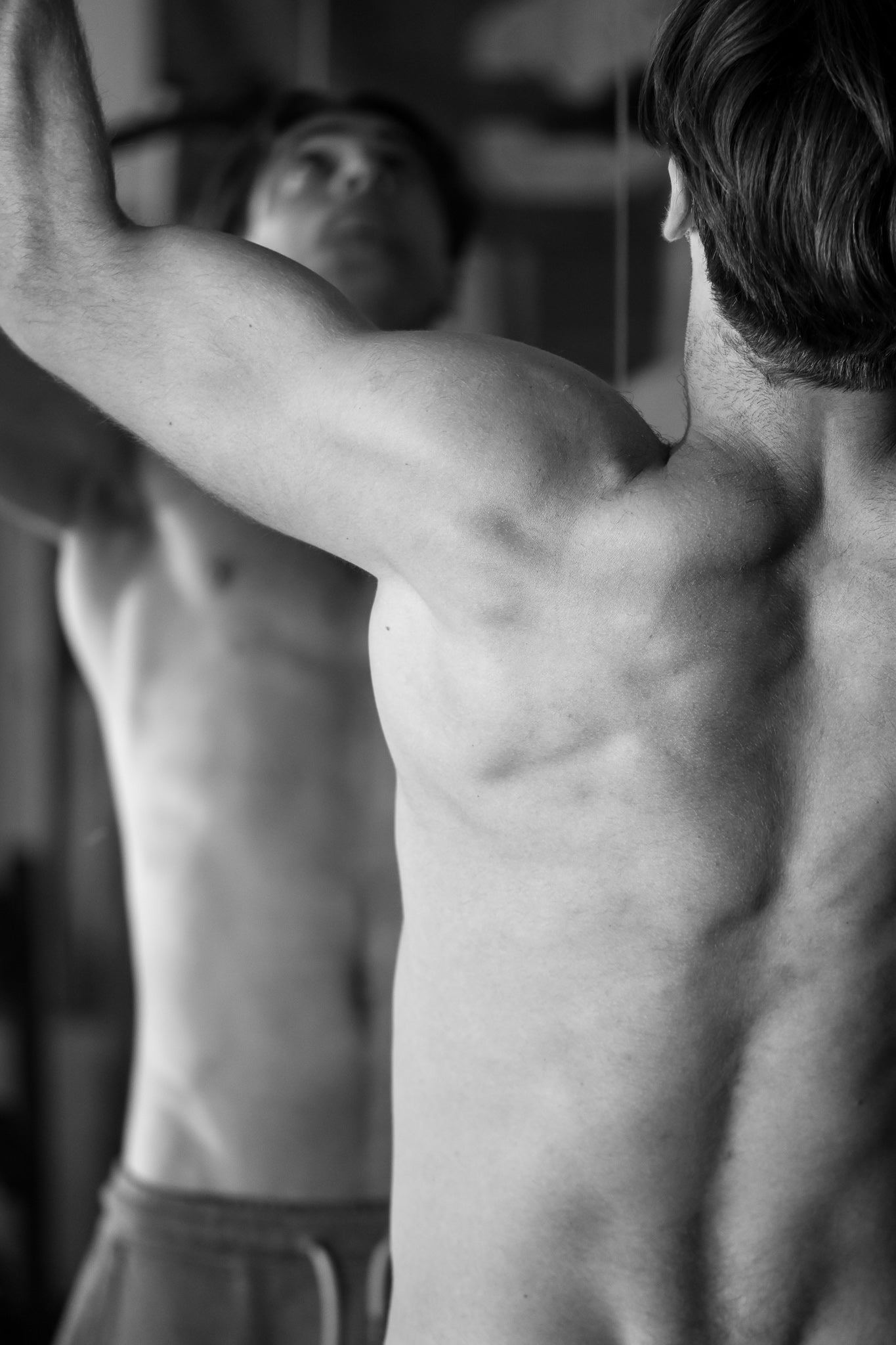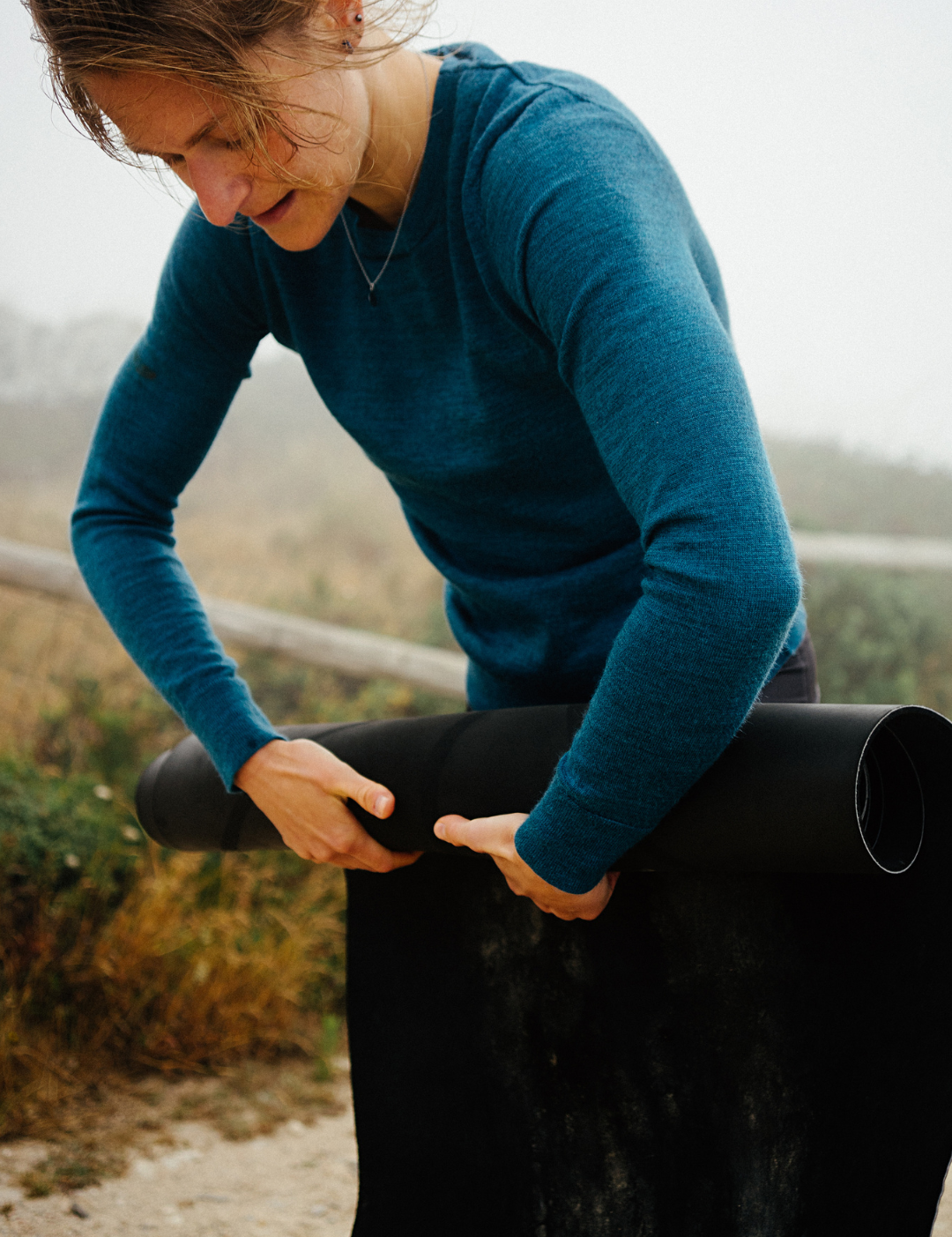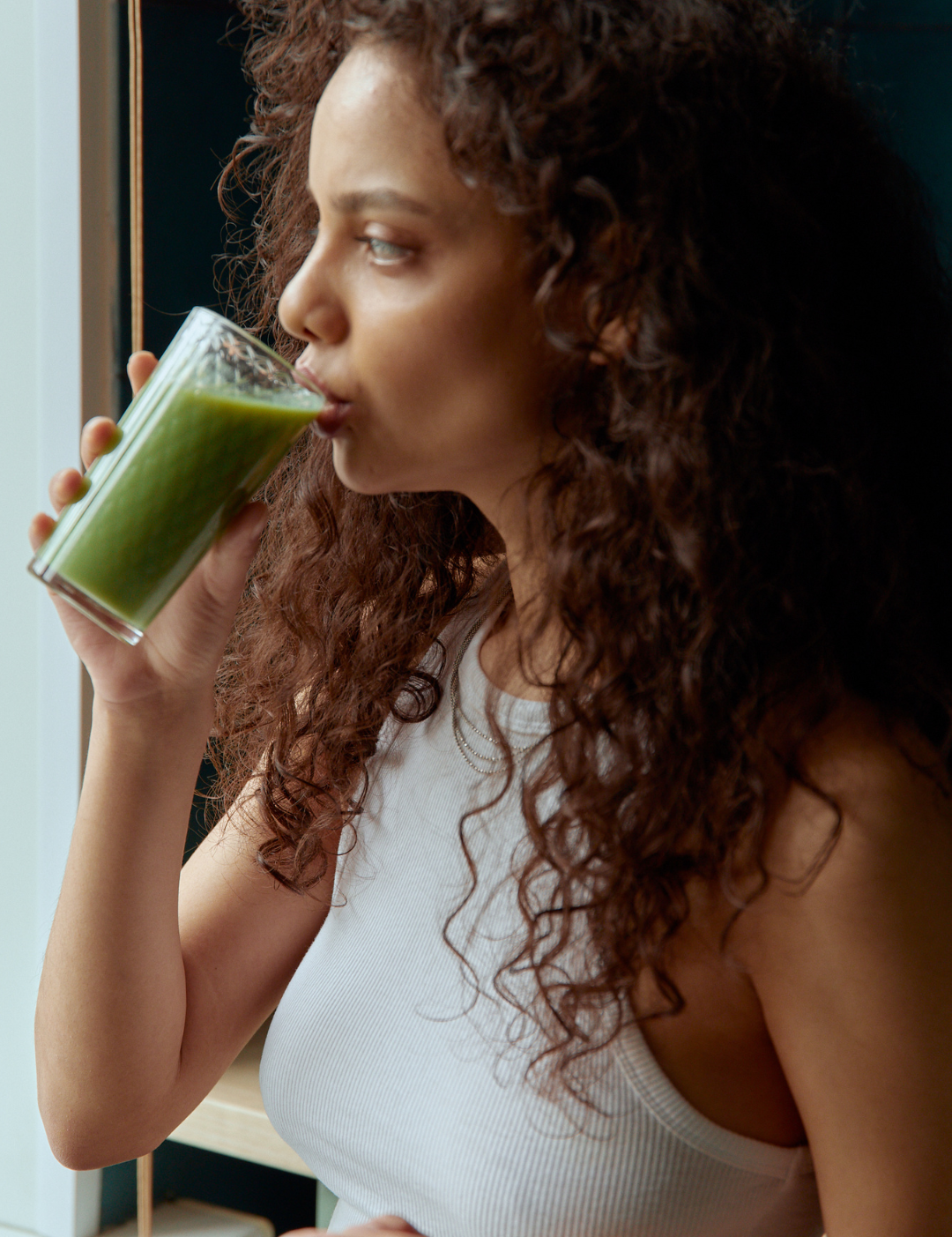Functional Fitness: More than just a buzzword on TikTok.

Understanding Functional Fitness and Its Importance
Functional fitness has become a buzzword on social media and in the fitness industry, but what does it really mean? Unlike traditional fitness routines that focus on isolated muscle groups, functional fitness emphasizes exercises that train your muscles to work together, preparing them for daily tasks by simulating common movements you might do at home, at work, or in sports.
What is Functional Fitness?
Functional fitness involves training the body for activities performed in daily life. This type of fitness training focuses on improving the ease and efficiency of movements, emphasizing strength, flexibility, endurance, and coordination.
Key Characteristics of Functional Fitness:
- Multi-joint movements: Exercises that involve multiple joints and muscle groups.
- Balance and coordination: Workouts that improve stability and control.
- Core strength: Emphasis on strengthening the core muscles.
- Real-life application: Exercises that mimic everyday activities like lifting, squatting, pulling, and pushing.
Why Functional Fitness is Important
Incorporating functional exercises into your gym routine offers numerous benefits that go beyond aesthetics or lifting heavy weights. Here are 5 reasons why you should incorporate functional exercises into your daily routine starting TODAY.
- Improves Everyday Activities
Functional exercises train your muscles to work together, making daily tasks easier. Whether it’s carrying groceries, playing with your kids, or performing household chores, functional fitness enhances your ability to perform these activities efficiently and safely.
- Reduces the Risk of Injury
By improving balance, strength, and flexibility, functional fitness helps reduce the risk of injuries both in and out of the gym. It strengthens the muscles around your joints, providing better support and stability, which is crucial for preventing falls and other common injuries.
- Enhances Athletic Performance
For athletes, functional fitness can lead to better performance in their sport. By mimicking the movements of the sport, athletes can improve their strength, power, and endurance in a way that is directly applicable to their performance.
- Increases Mobility and Flexibility
Functional fitness routines often include dynamic movements that enhance flexibility and range of motion. This can lead to improved posture, reduced muscle stiffness, and a lower likelihood of muscle strains.
- Promotes Long-term Health
Engaging in functional fitness can contribute to better overall health by improving cardiovascular health, enhancing muscle tone, and increasing bone density. It’s a holistic approach that benefits various aspects of physical health, contributing to a higher quality of life as you age. You are never too young to start incorporating functional training into your workout routine. You will not only look, feel, and move better today, but your future self will thank you for healthy muscles, bones, and joints.
Examples of Functional Exercises
Get back to the basics. Here are some common functional exercises you can incorporate into your gym routine:
- Squats: Mimics sitting down and standing up, strengthens legs and core.
- Lunges: Enhances lower body strength and balance.
- Deadlifts: Improves lifting mechanics, strengthens the back, glutes, and hamstrings.
- Push-ups: Builds upper body strength and core stability.
- Pull-ups: Enhances upper body strength and coordination.
- Kettlebell swings: Engages multiple muscle groups, improves power and endurance.
- Planks: Strengthens the core and stabilizes the spine.
How to Incorporate Functional Fitness into Your Routine
- Start with Basic Movements: Begin with exercises that use your own body weight, such as squats, lunges, and push-ups.
- Focus on Form: Proper technique is crucial to avoid injuries and get the most benefit from your workouts. Check out YouTube video demonstrations and watch yourself in the mirror while you learn.
- Use Equipment: Incorporate kettlebells, medicine balls, and resistance bands to add variety and challenge.
- Combine Movements: Create compound exercises that engage multiple muscle groups.
- Progress Gradually: Increase the intensity and complexity of your workouts as you become more comfortable with the movements.
- Prioritize Recovery: Be sure to hydrate, stretch, and roll out your muscles regularly to ensure your muscles are recovering properly and to avoid injury or overuse. We recommend adding a natural plant-based relief cream and Stainless Steel Gua Sha to your recovery routine. Infused with powerful plant-based ingredients, this cream will bring down any inflammation, discomfort, and soreness in your joints and muscles. Pair it with a Stainless Steel Gua Sha to work the cream into your skin and experience relief like never before.
In summary:
Functional fitness is about making your body better at performing the tasks of daily life. It’s not just about how much weight you can lift, but how well you can move. By including functional exercises in your gym routine, you can improve your overall strength, balance, and flexibility, making everyday activities easier and reducing your risk of injury. This holistic approach to fitness can lead to better performance in sports, more efficient movement in daily tasks, and a higher quality of life.
By focusing on functional fitness, you're not only working towards looking better but also feeling better and moving better every day. So, next time you hit the gym, think about how your workout can improve your life outside the gym walls.
- Tags: Anti-aging exercises fitness functional fitness healing health mobility muscle and joint pain relief wellness workout routine
0 comments



